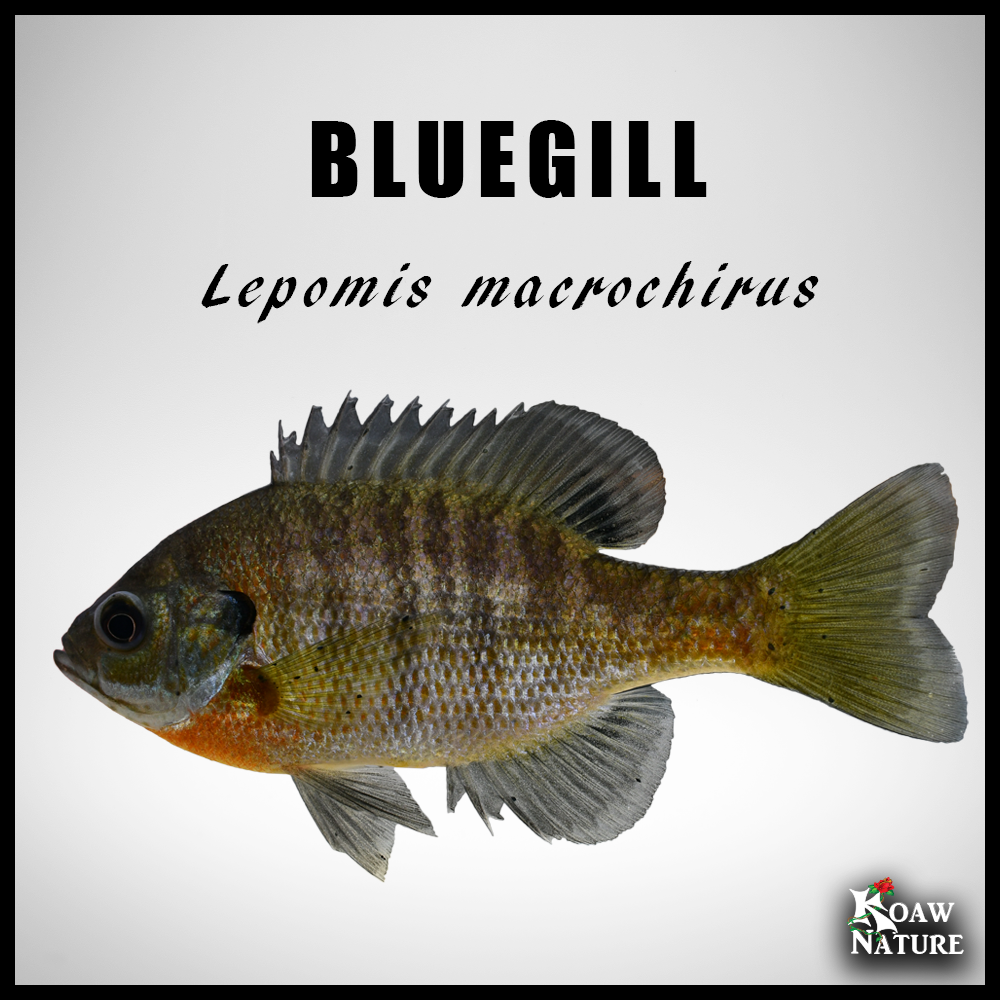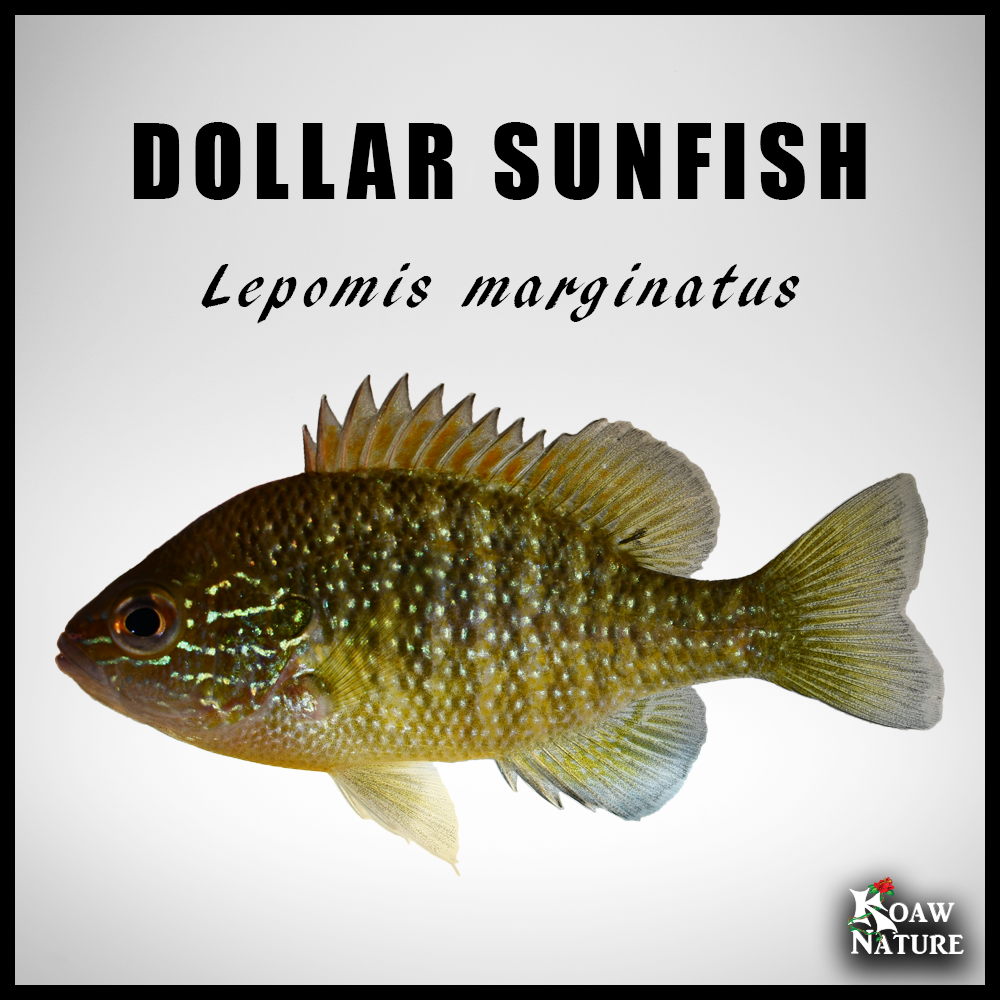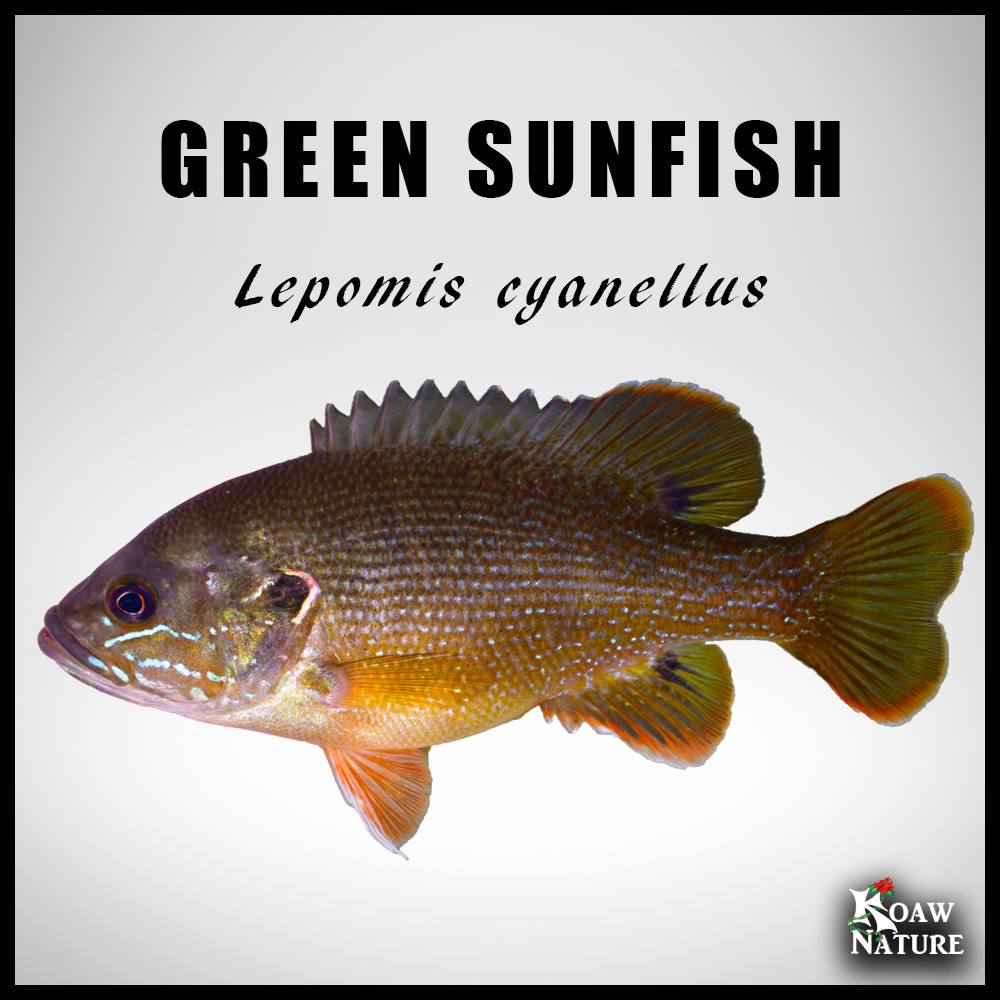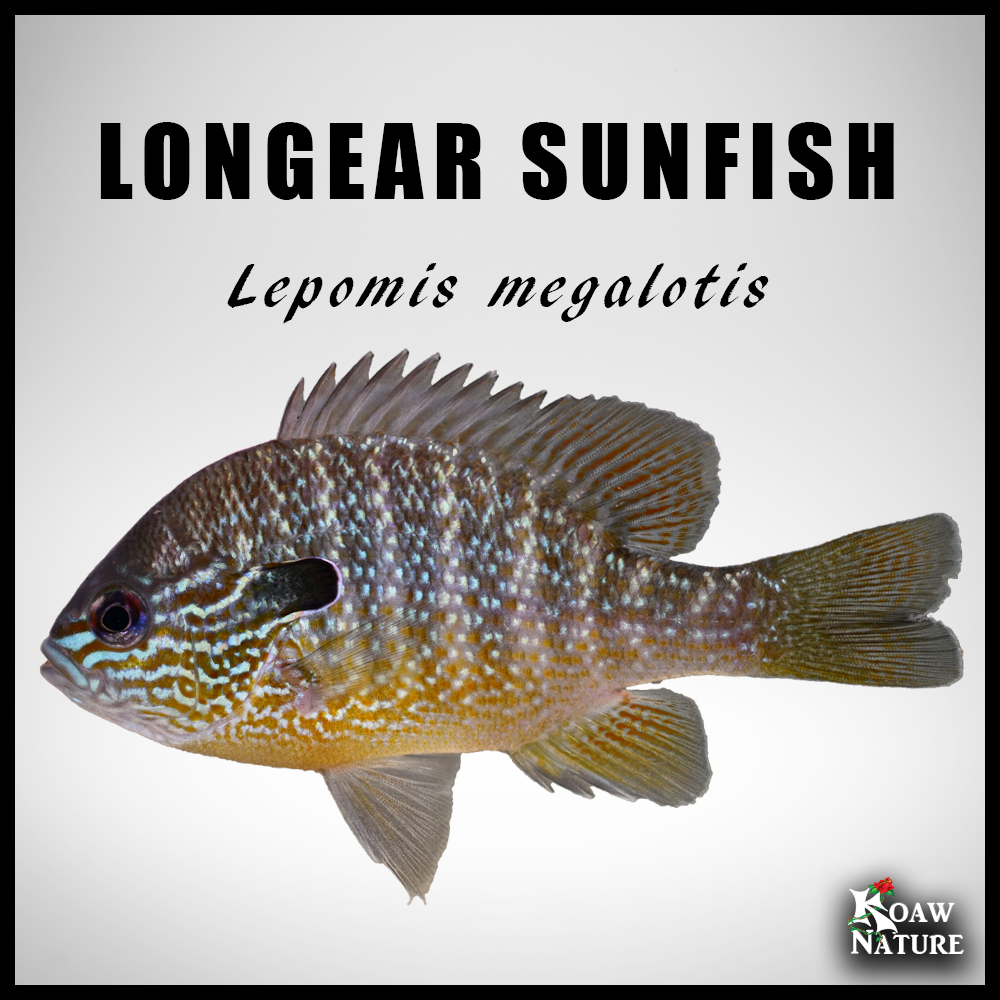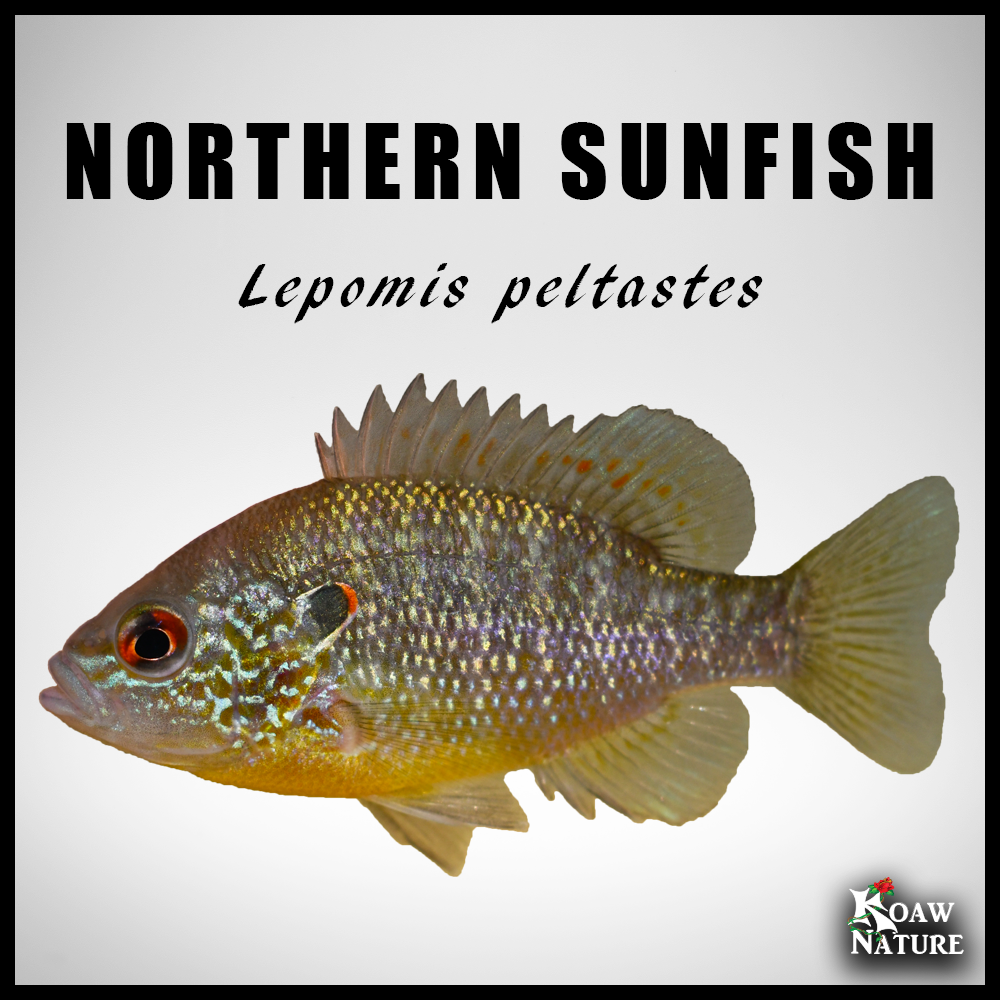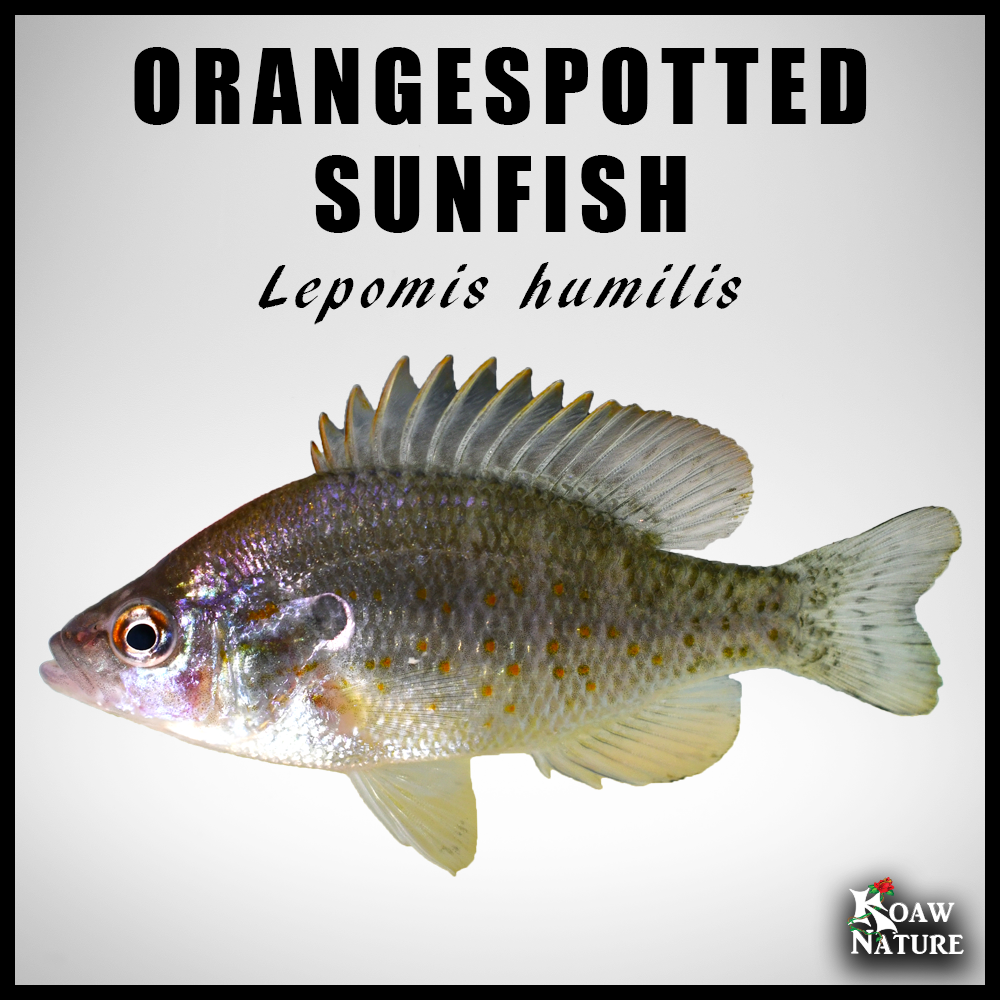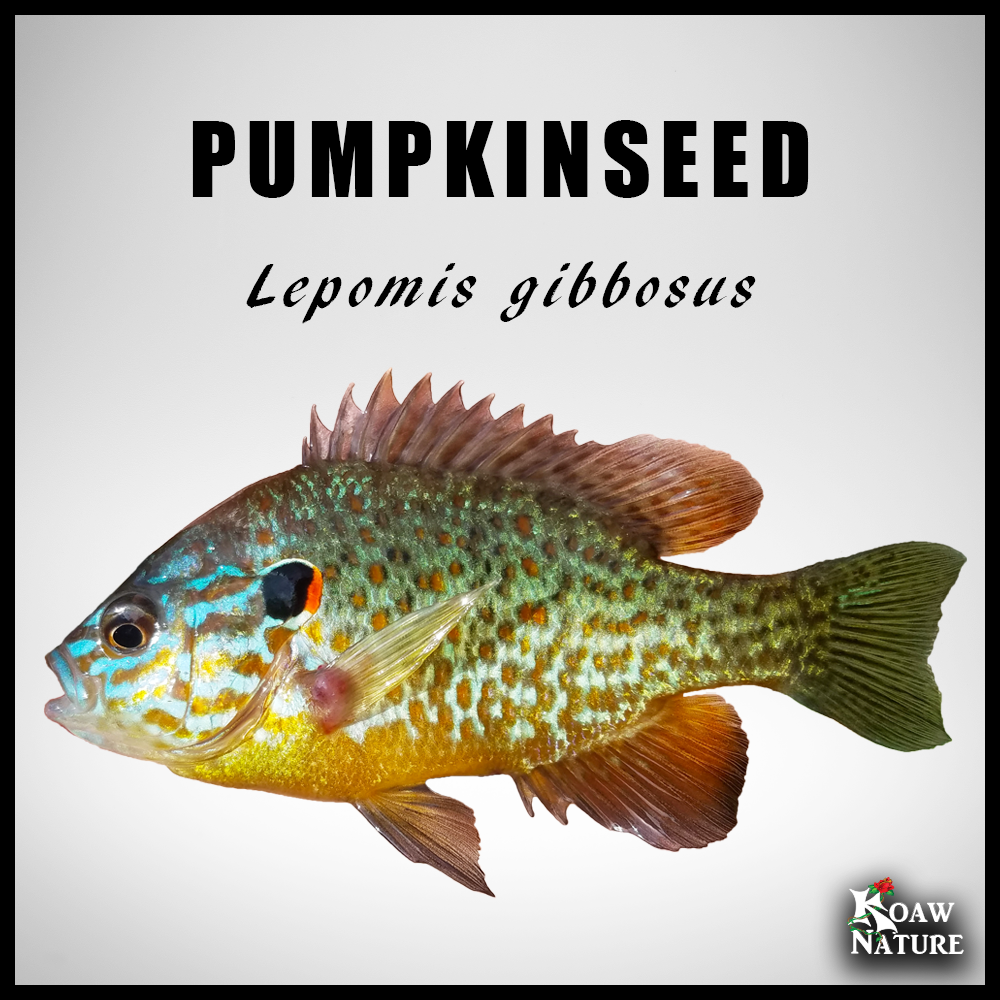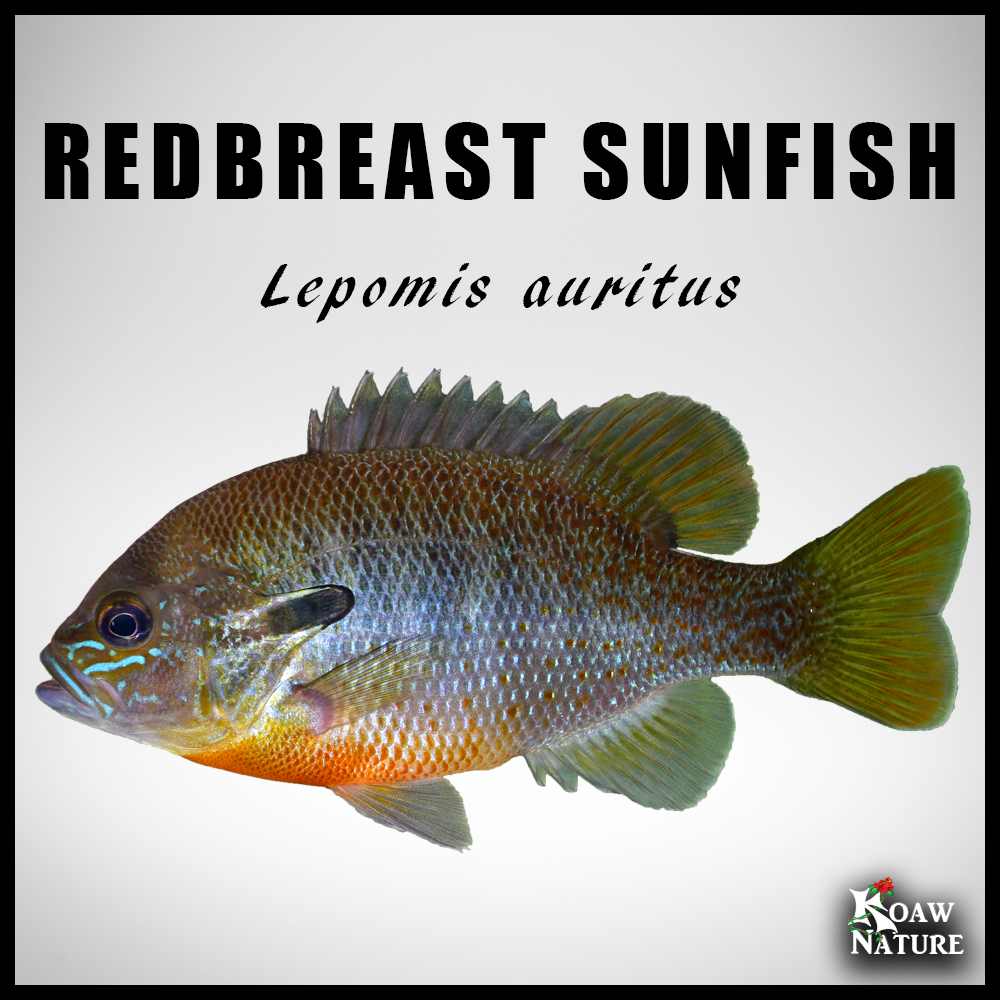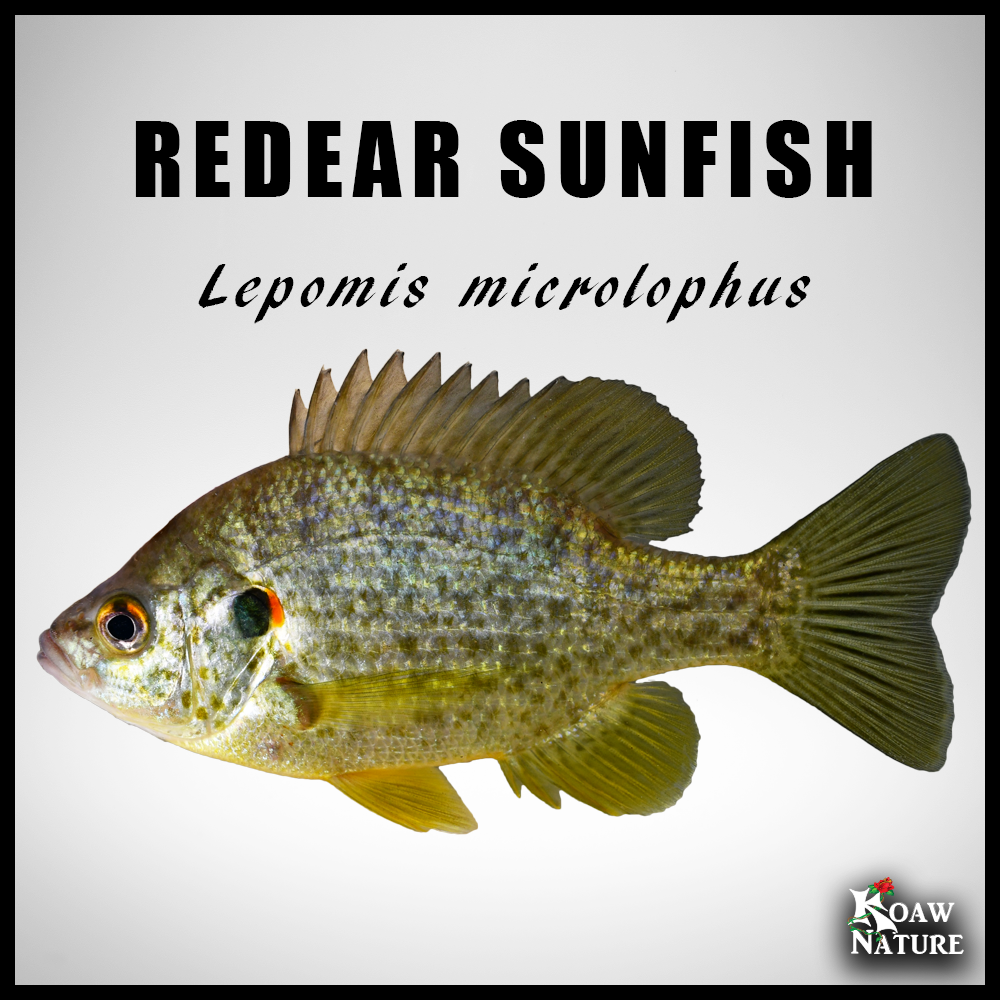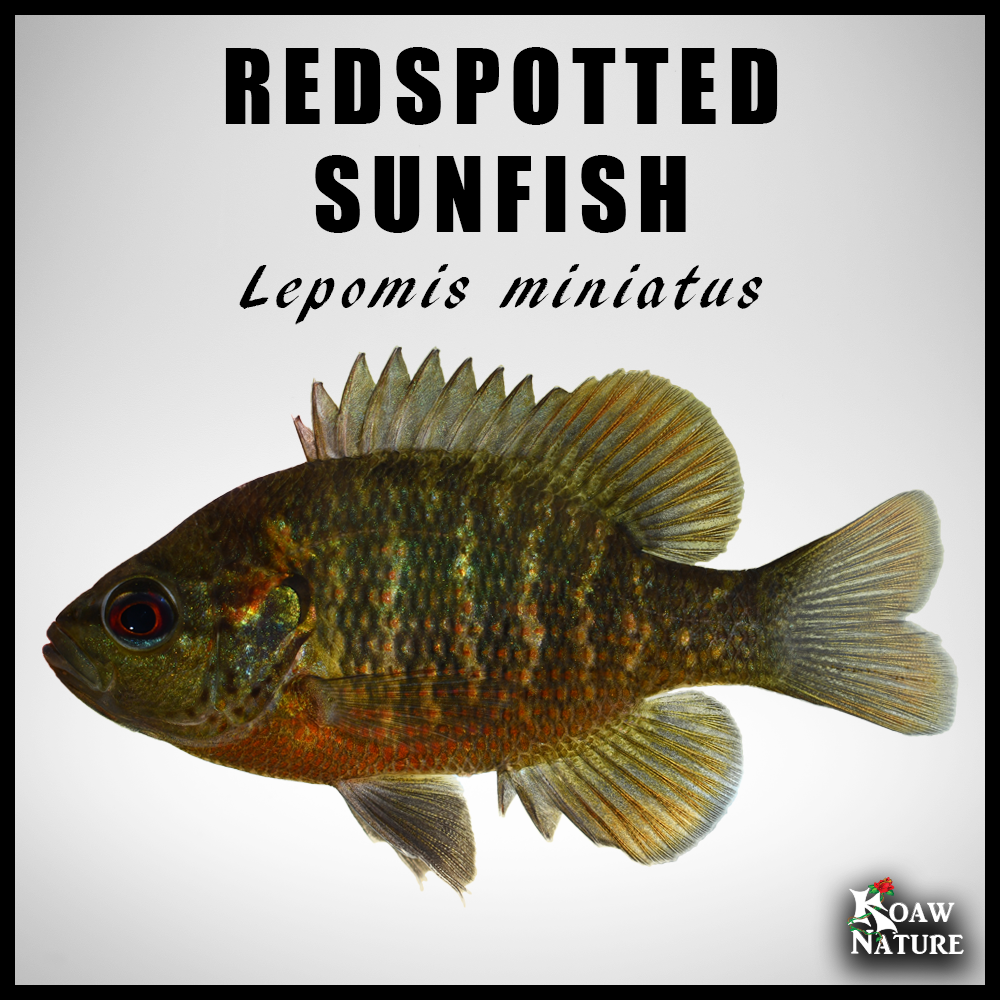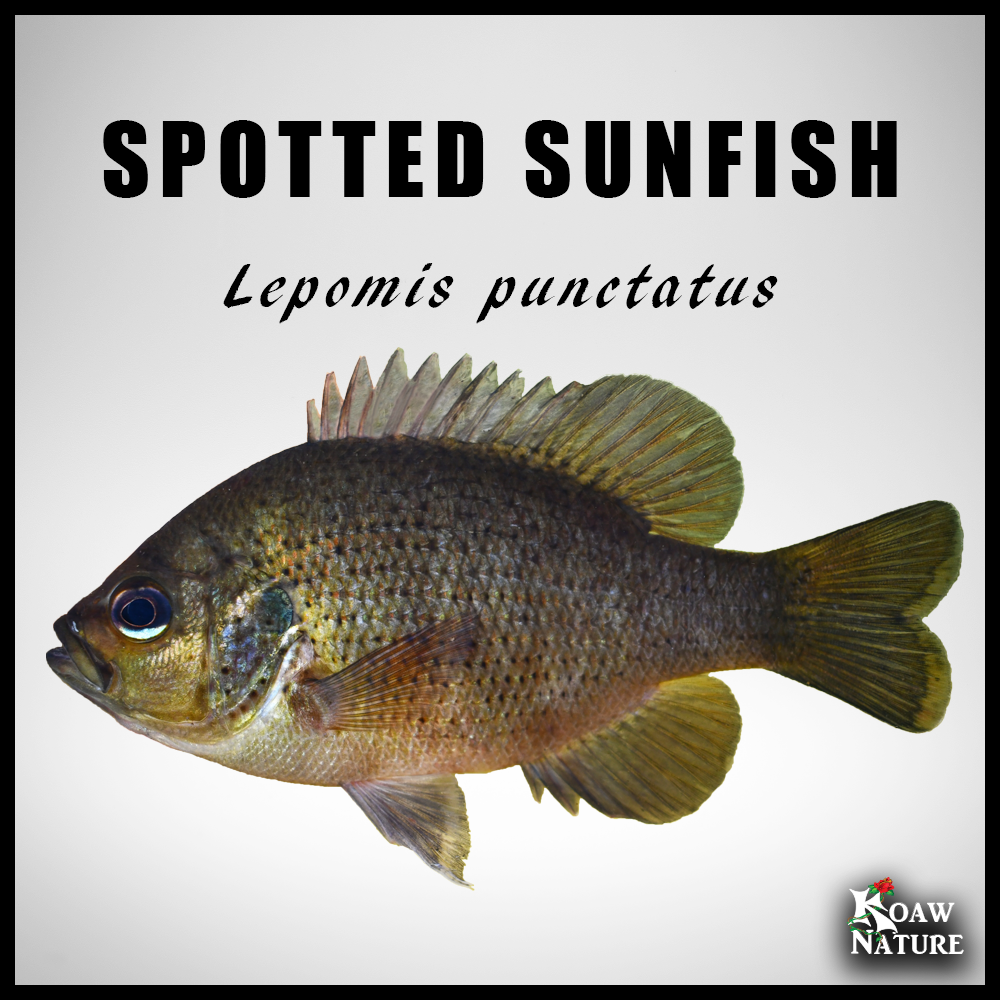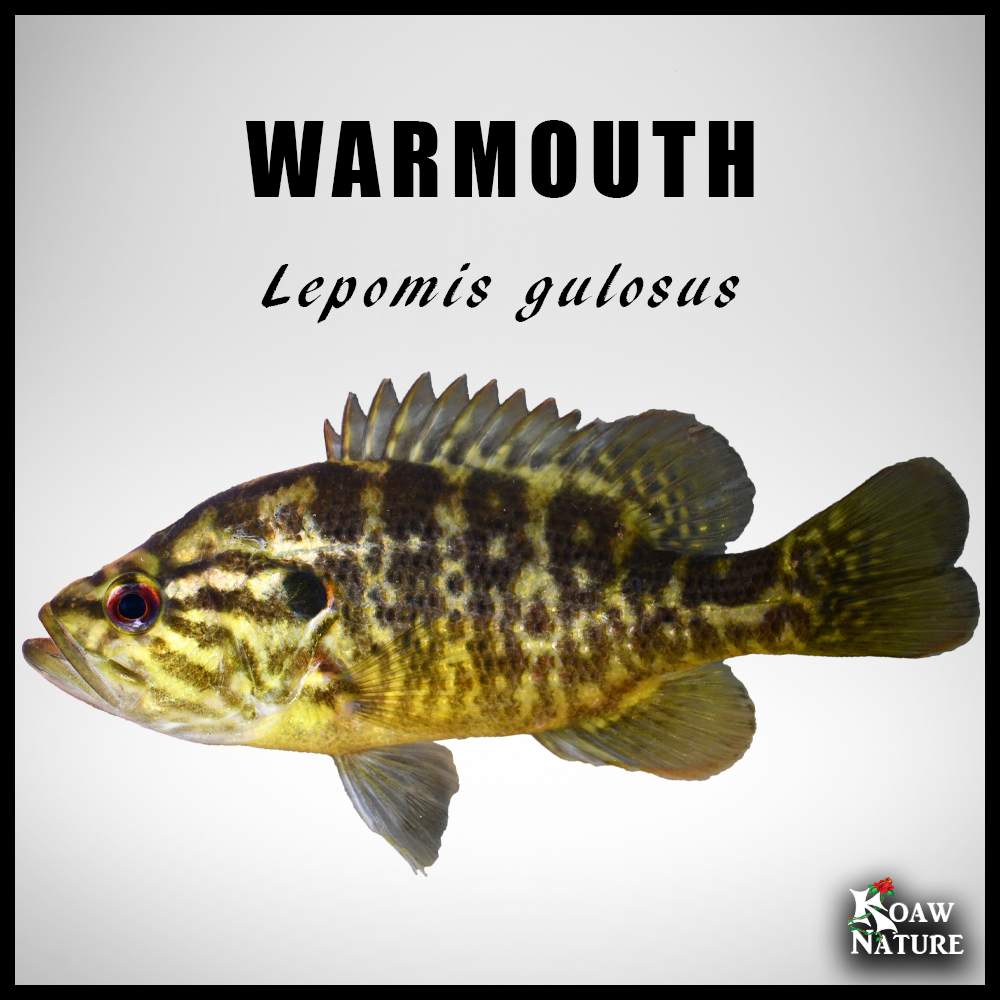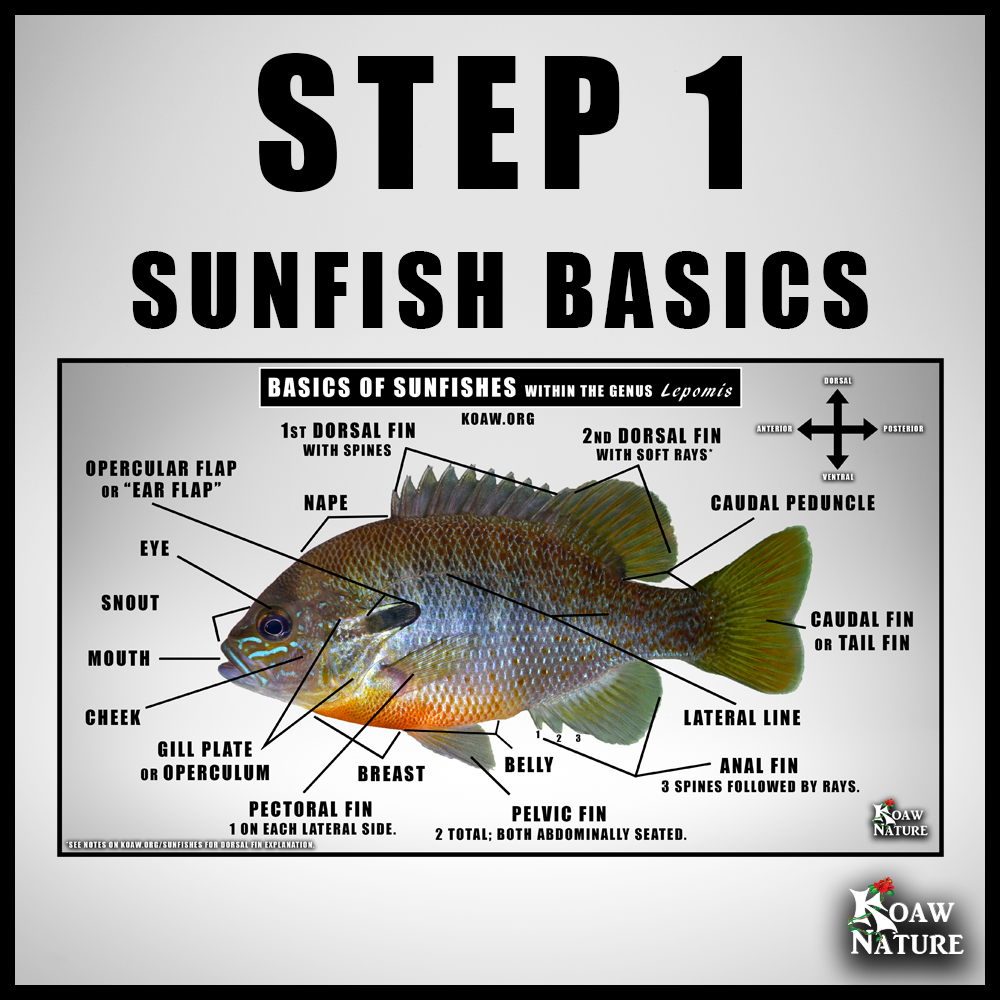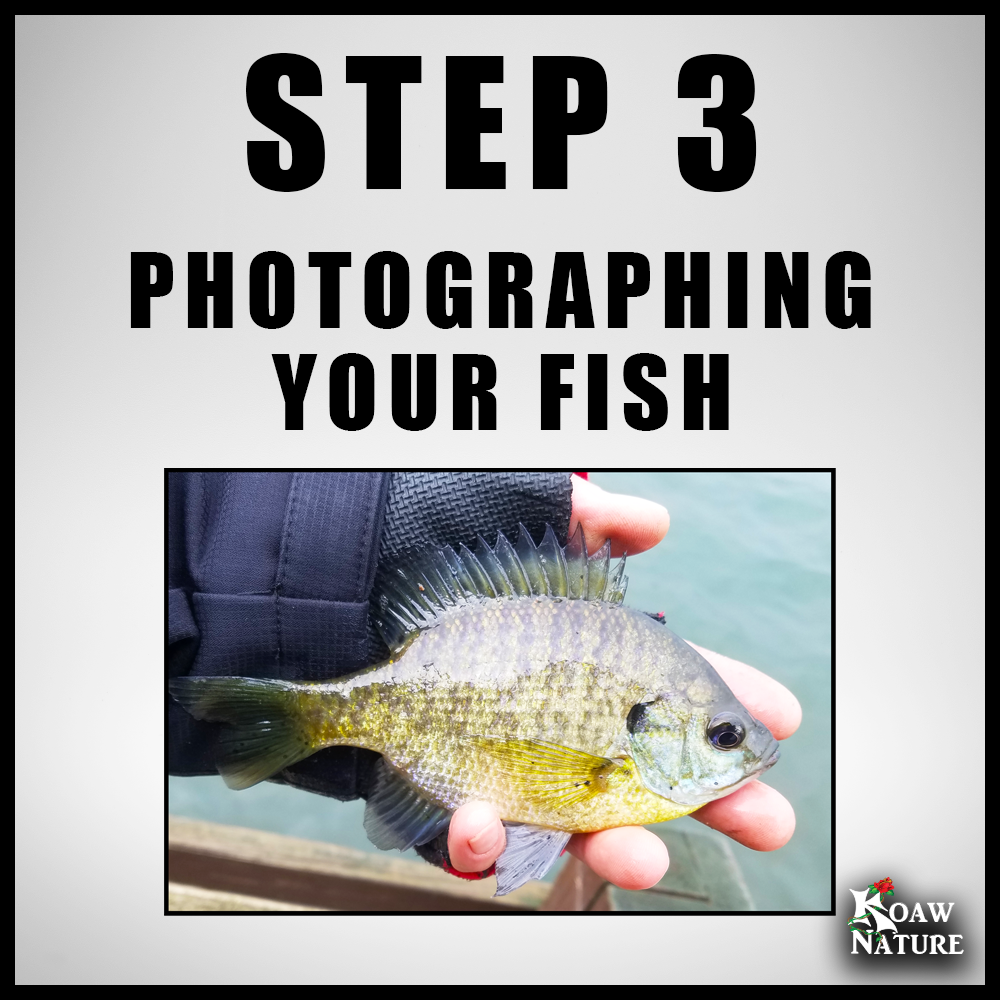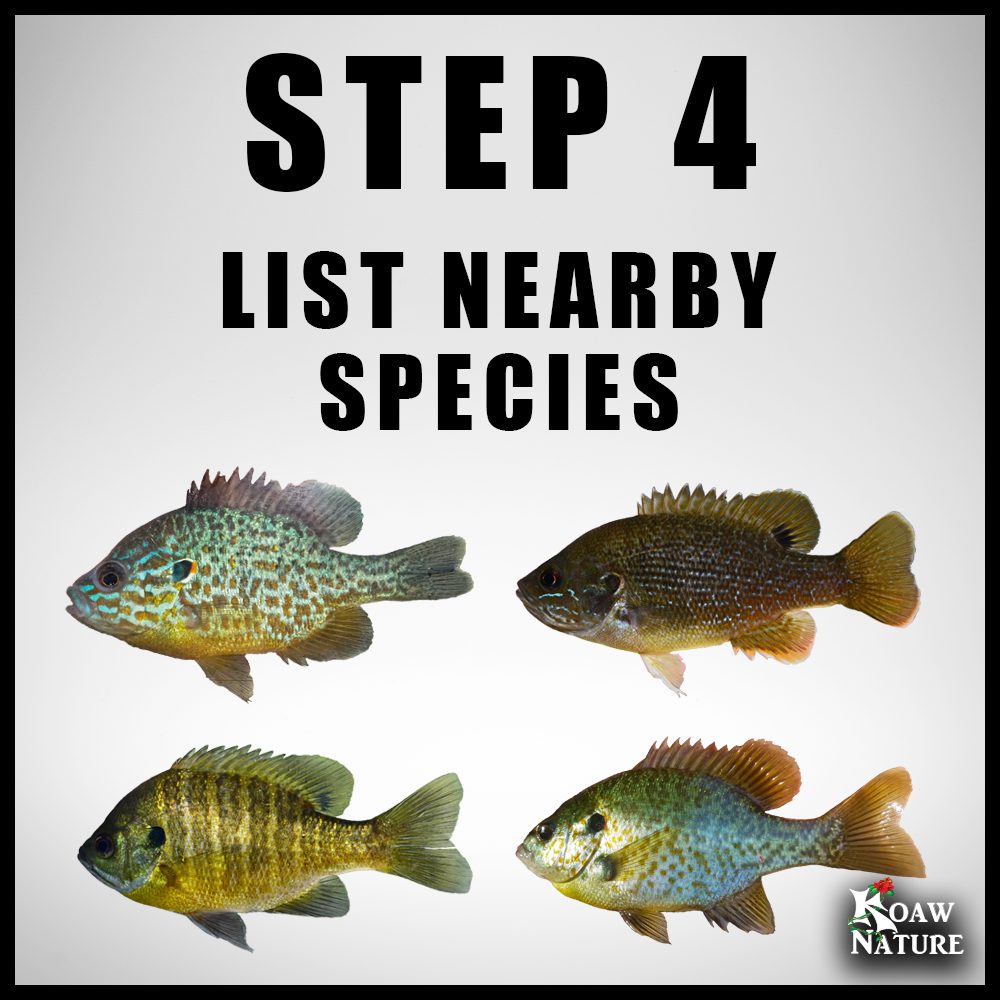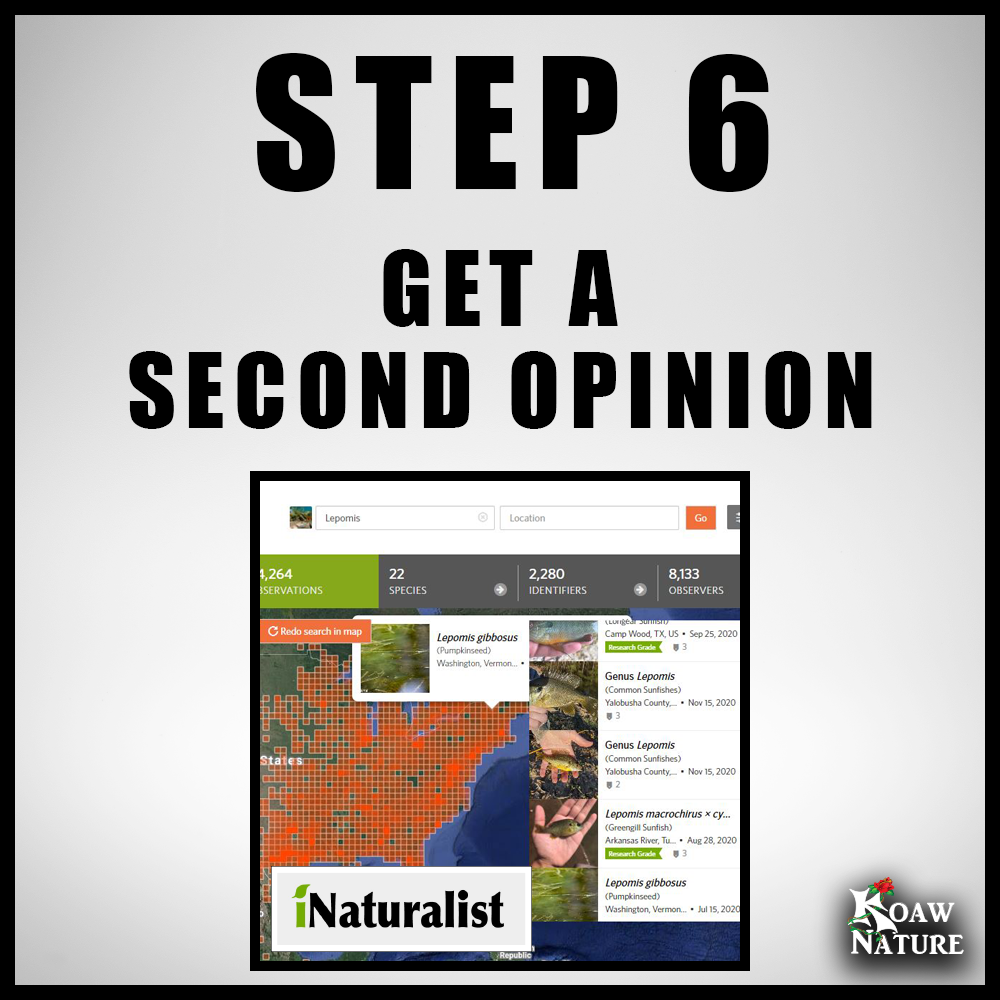By Koaw - November, 2020
STEP 2: Now that you’ve got a grasp on what features are called on sunfishes and how to describe their location on a fish (from STEP 1), you’re now ready to see how those features exist on individual species.
Click to get a closer look at these different specimens of pumpkinseed.
Individuals of the same species within a localized population, like those found in the same pond, will usually have similar appearances to one another. Different populations of the same species may have very different appearances. Take a look at the supporting image that shows four very looking different specimens of the same species, the pumpkinseed (L. gibbosus). Variance exists for numerous reasons but you should be able to learn the features that are present on almost every specimen. What traits do you see that all four specimens have in common?
There are numerous (and often complicated) reasons that individuals may express phenotypic variance, or different appearances, between and within populations of the same species. Sexual dimorphism, or differences in appearances between males and females, is prevalent amongst lepomids. Males often have brighter colors and more pronounced markings than females, especially during breeding seasons.
START WITH LEARNING TWO SPECIES: I suggest you begin with learning how to identify the two most commonly encountered species in North America: The bluegill (L. macrochirus) and the green sunfish (L. cyanellus).
THIS IS HOW YOU LEARN:
1) Examine the individual species pages I’ve created on this website. I’ve physically analyzed each and every lepomid species of hundreds of specimens, studied thousands of observation photos and done extensive research to narrow down all that you need to know to identify lepomids to the species level. (Click on a photo of a species to open that species page in a new window.)
2) Examine the multitude of species observations on iNaturalist. The iNaturalist database is citizen scientist project that is absolutely free to use and contains thousands of sunfish photos. You don’t even need an account to access the database. It is accessible on a standard web browser and through the free application acquired from your smartphone’s app store.
Follow these steps on iNaturalist to browse a species in a particular area:
You’ll notice in the image it suggests there are “22 SPECIES” of lepomids. That number reflects the additional hybrid combinations included in their database.
Click on “Explore” on the homepage.
Within the “Species” input box enter the common or scientific name of the lepomid you wish to browse such as “Bluegill” or “Redear Sunfish” or “Pumpkinseed”. If you want to browse all lepomids, enter “Lepomis” or “Common Sunfishes” in this box. (And yes, iNaturalist does not follow ICZN binomial nomenclature rules as they capitalize the common names of species, of which, does make the formatting look much more visually appealing; it’s just leaving many people with the poor habit of needlessly capitalizing the common names of species.)
) Within the “Location” input box enter the location or region you wish to browse. I suggest first browsing by state or county rather than a specific city or town to get a broader result in your search query.
If using the web browser version of the app, it’s easier to browse photos by clicking on “Grid” as opposed to viewing the “Map” option. Although the map option is very convenient for selecting specific observations in an area.
Note on iNaturalist Observations: For the most part, observations marked as “Research Grade” are correct in the identification assessment for pure species observations. However, iNaturalist is a citizen scientist project where anyone may offer suggestions on identifications. And although experts do offer suggestions on most observations, some specimens get overlooked and/or may be erroneously identified.
Hybrid identifications on iNaturalist should be considered with skepticism. As I mentioned in the “Introduction to Hybrids” page, it is often impractical to identify a hybrid without completely knowing the circumstances of the hybridization event and/or properly examining the DNA. It becomes more difficult to confidently ID specimens on iNaturalist when important meristics and morphometric measurements (the ways scientists count features and measure fishes) cannot be accurately seen from low quality photographs. Yet, even with that sort of ‘disclaimer’ put out there, I do believe that the general consensus from the community on these hybrid observations provides very plausible identifications. The discussions on many of these observations are useful for understanding hybrids.
Are you a bit a familiar with the individual species? Now you’re ready to move on to the steps that involve what to do after you have caught your fish! You’re ready for STEP 3.

